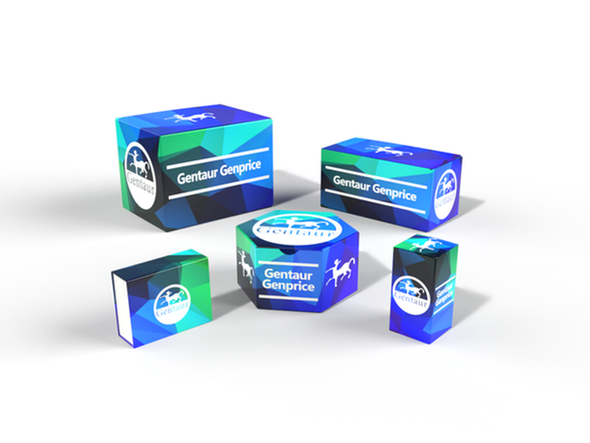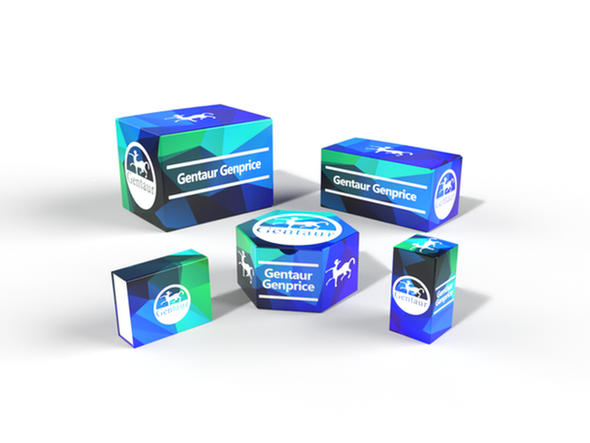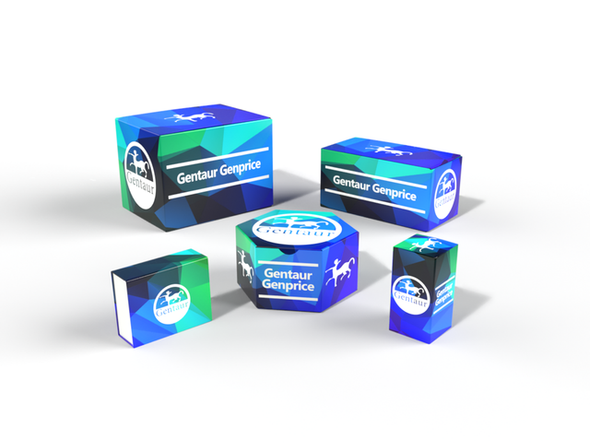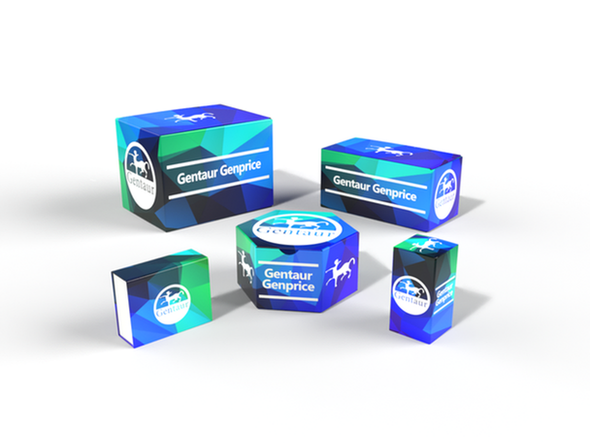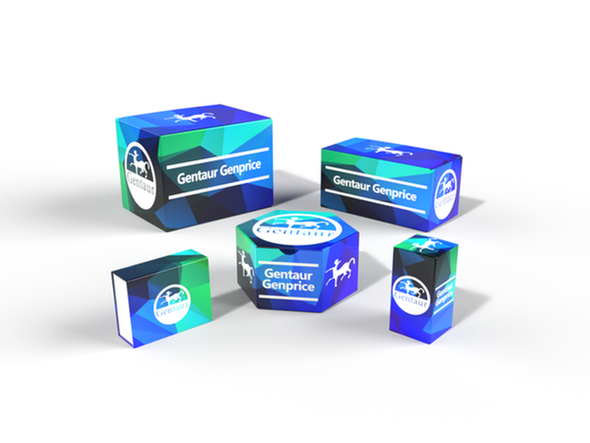Description
beta actin Monoclonal Antibody | E-AB-20031 | Gentaur UK, US & Europe Distribution
Type: Control Antibody
Synonyms: A26C1A, A26C1B, ACTB, ACTB, Actin beta, Actin cytoplasmic 1, Actin, cytoplasmic 1, N-terminally processed, Actx, b actin, Beta cytoskeletal actin, Beta-actin, BRWS1, E430023M04Rik, MGC128179, PS1TP5 binding protein 1, PS1TP5BP1
Application: WB, IHC-p
Reactivity: Human, Mouse, Rat, Monkey, Chicken, Dog, Hamster, Rabbit, Insect
Host: Mouse
Isotype: IgG
Reserch Areas: Cancer, Signal Transduction, Tags and Cell Markers
Background: Beta actin, also named as ACTB and F-Actin, belongs to the actin family. Actins are highly conserved globular proteins that are involved in various types of cell motility and are ubiquitously expressed in all eukaryotic cells. At least six isoforms of actins are known in mammals and other vertebrates: alpha (ACTC1, cardiac muscle 1), alpha 1 (ACTA1, skeletal muscle) and 2 (ACTA2, aortic smooth muscle), beta (ACTB), gamma 1 (ACTG1) and 2 (ACTG2, enteric smooth muscle). Beta and gamma 1 are two non-muscle actin proteins. Most actins consist of 376aa, while ACTG2 (rich in muscles) has 375aa and ACTG1(found in non-muscle cells) has only 374aa. Beta actin has been widely used as the internal control in RT-PCR and Western Blotting as a 42-kDa protein. However, the 41 kDa cleaved fragment of beta actin can be generated during apoptosis process. This antibody can recognize all the actins.
Concentration: 1 mg/mL
Storage: Store at -20°C. Avoid freeze / thaw cycles.
Immunogen: Synthetic Peptide
Buffer: PBS with 0.02% sodium azide and 50% glycerol pH 7.4.
Purification Method: Protein A purification
Dilution: WB 1:2000-1:5000, IHC 1:50-1:200
Clone: Clone:2M3
Conjugation: Unconjugated
Molecular Weight(Calculated): 42 kDa
Molecular Weight(Observed): 43 kDa


